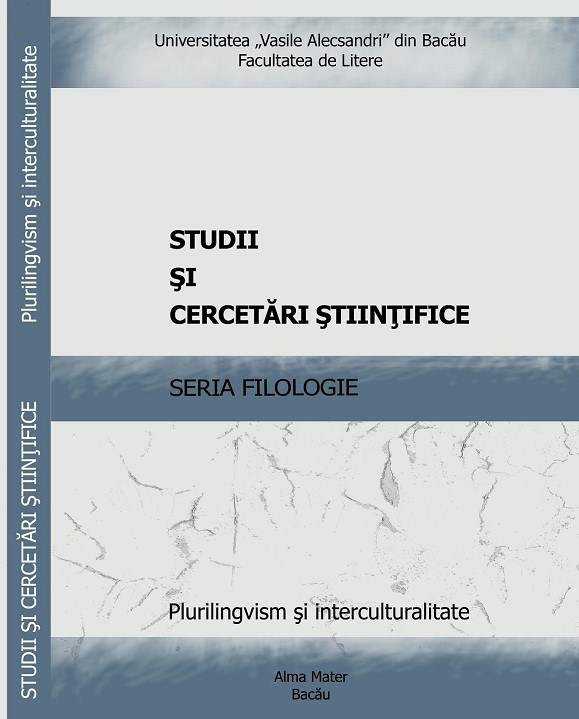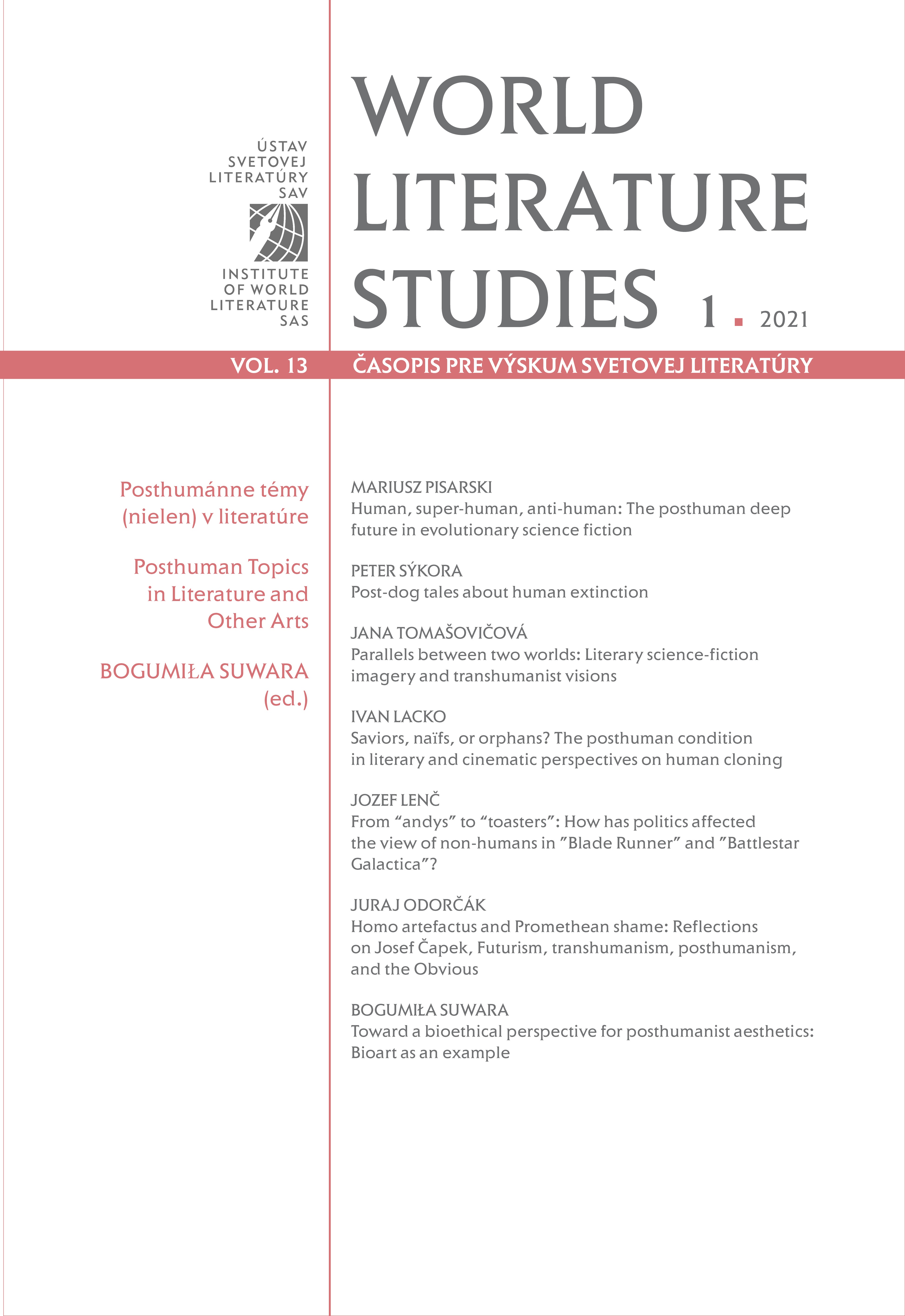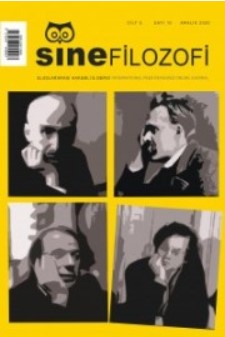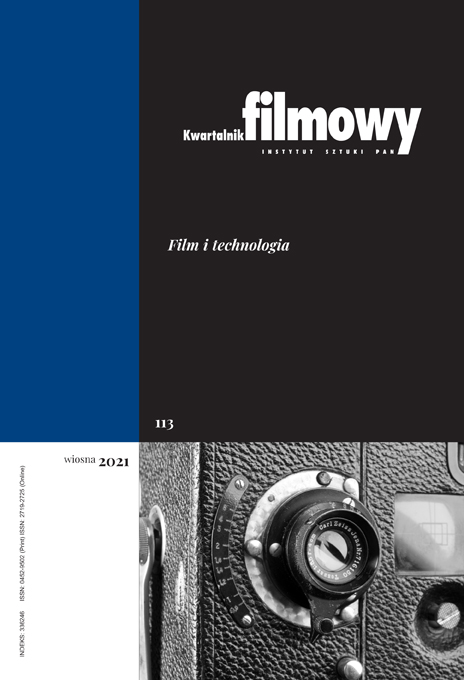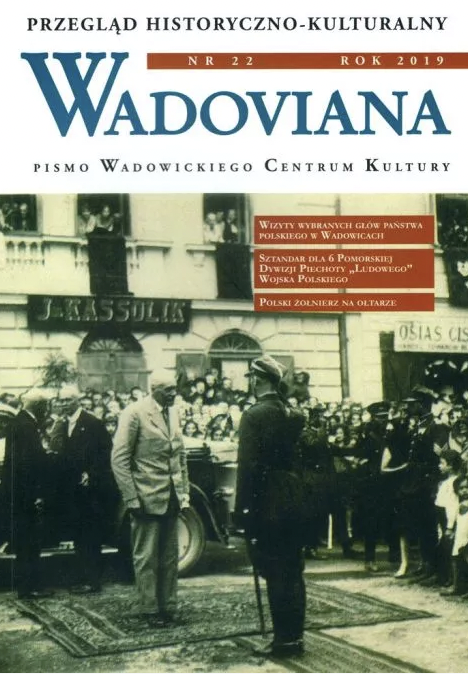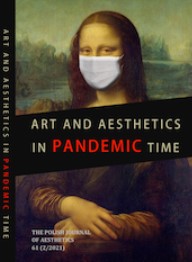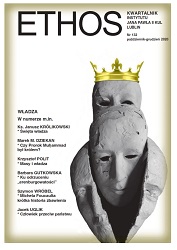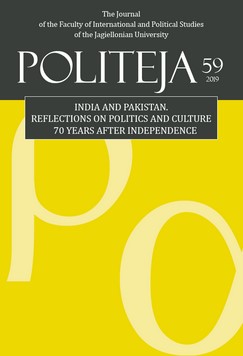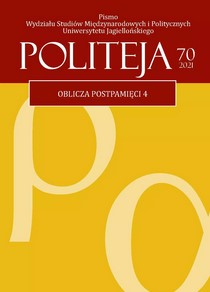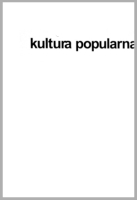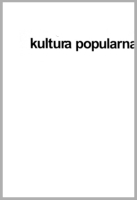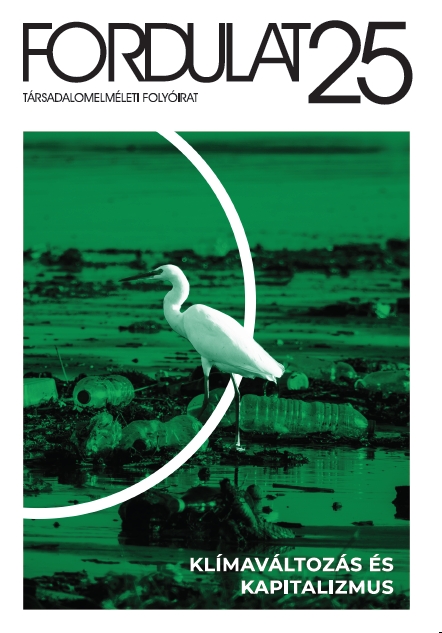
Kapitalocinema
A mozgókép-írástudók árulása a klímaválság árnyékában.
The analysis of the interrelationship of ecological problems and the dominant economical system of the North is nothing new and is beginning to seep into films, even into Hollywood blockbusters. However, in movies that seem to be the most open and indignant about the destruction of nature, there is a certain conservative „latent content” underlying the „manifest content” of straightforward criticism. Two films of the three that are examined in this paper – Big Miracle (2012) and the Danish Skytten (2013) – seem to make an equation between ecological degradation and the capitalist exploitation of „free nature”. Excessive radicalism is nevertheless avoided, when the antagonism between the environmental activists and the executives of profit-oriented corporations/governments in the films is reconciled through the representation of the personal motives and life-stories of the protagonists. The third film, Downsizing (2017) chooses a more complicated strategy to maintain the status quo. Although both the ecological problems and the social inequities entailed by the current phase of global capitalism are highlighted, the grotesque representation of the practical implementation of what may be thought of as the theory of no-growth or de-growth economy becomes an exculpation of the present economical system instead of making an attack on it.
More...
